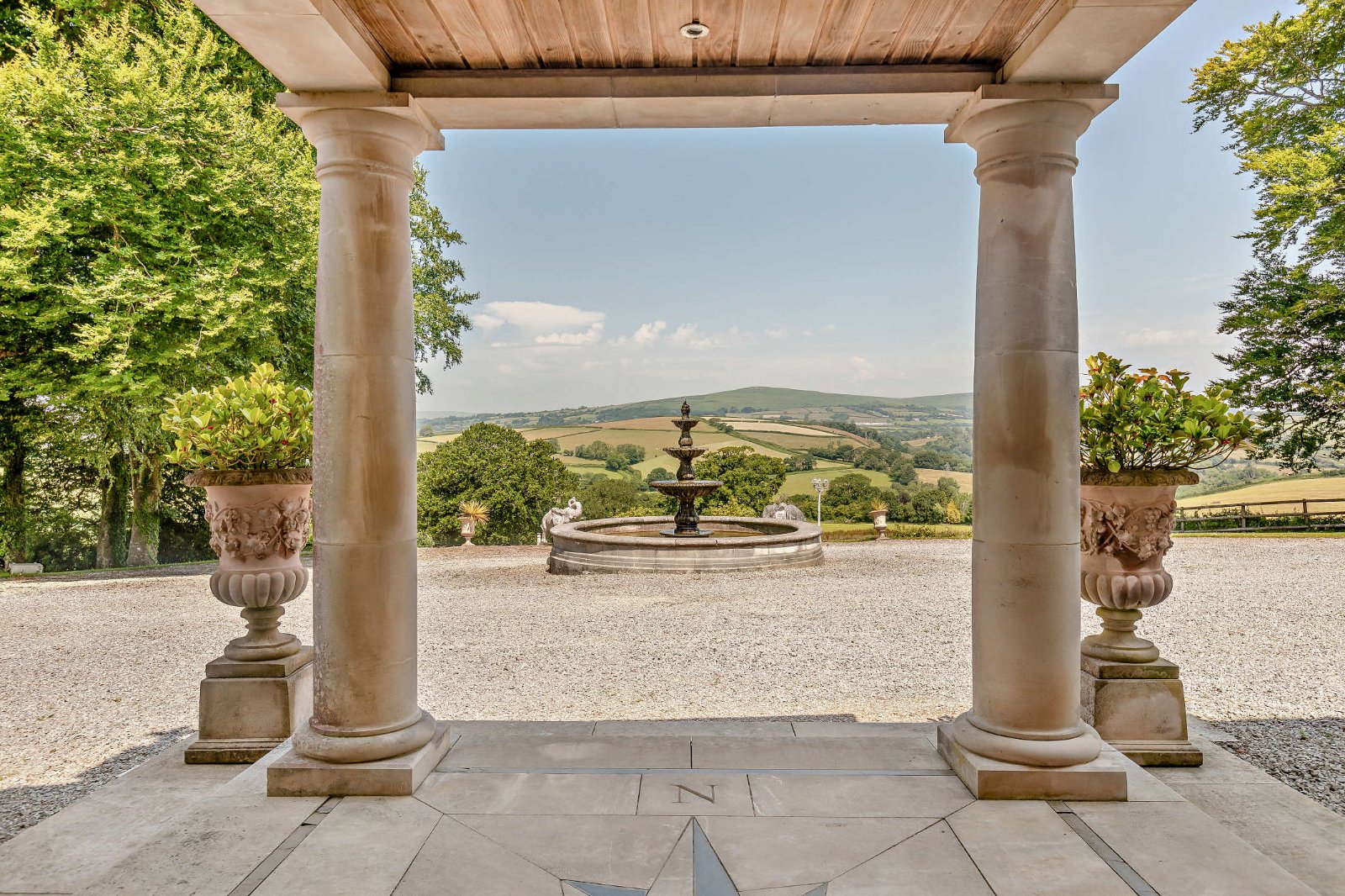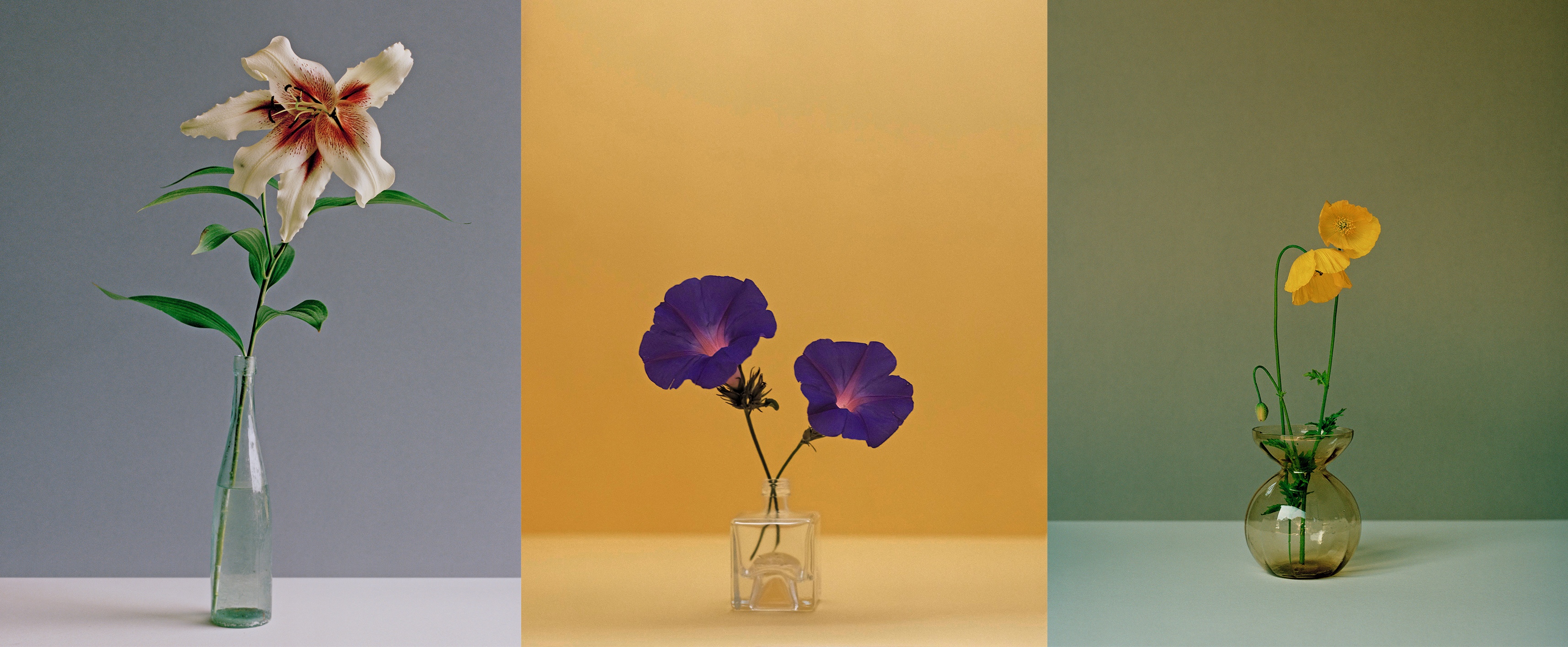Spectator: Isabella Tree on her Exmoor ponies
Breeding Exmoor ponies is a joy, but there are challenges to be considered, says Isabella


When we introduced a stallion to our six Exmoor mares, one sunny September day in 2005, it was a milestone. Suddenly, we had the potential of a wild herd on our hands. Not that it looked very promising as we unloaded Duncan from his horsebox and released him in the direction of his harem. For months, he was chased and bullied, kicked and bitten, his amorous advances greeted with squeals of outrage.
Eventually, however, the mares' acceptance was affirmed by the arrival of our first foal in the bitter February of 2007. The tiny colt staggering to his feet, his dam shielding him from the sleeting rain, was magical; all the more fortuitous, it seemed, because he'd been born in full view, just yards from the main drive.
Our ‘rewilding' project relies on a combination of traditional grazing animals to manage the encroachment of scrub and maximise biodiversity. We included Exmoors in the mix because of their unique method of grazing. Horses have a different action to deer and cows, nibbling in a way that favours various types of vegetation. Exmoors are ideal conservation grazers because they're hardy and close to the primitive wild horses that roamed Britain thousands of years ago.
Within a year, we had two more colts and two fillies. We no longer worried about the possibility of obesity and laminitis as we had with six mares on their own who had little to do but eat. Suddenly, there was plenty of action-the mares fighting for the role of dominant matriarch, the colts play-fighting, Duncan looking over his shoulder for an upcoming challenger. Natural stress and interaction: the essence of a dynamic herd.
By 2010, we had more than 30 Exmoors and, with our rewilding project now extended to 2,500 acres, the ponies had become a familiar sight, foals at foot, plunging across streams, threading their way through the woods, basking in the meadows. With their stocky legs and small ears, primitive ‘pangaré' markings, long, water-deflecting ‘ice tails' and thick, woolly undercoats, they lent a wildness to the landscape that even the old English longhorns and majestic herds of fallow couldn't equal. Ours had become one of the three true semi-feral herds of Exmoor ponies. Incredibly, we were guardians of a species that is rarer than the giant panda.
* Subscribe to Country Life and save
But we had a problem-the same faced by places such as the New Forest. A pasture-based ecosystem depends on the stocking density of the grazing animals. Too few and the area reverts to ubiquitous scrub. Too many and the area becomes overgrazed and there's no chance of vegetation regrowth and colonisation by new species. We keep our numbers of fallow and longhorns down by culling them, providing premium ‘wild-range' organic meat for a market that's prepared to pay a rewarding price for it, but with horses, it's a different story.
Exquisite houses, the beauty of Nature, and how to get the most from your life, straight to your inbox.
Convention has it that the British refuse to eat horsemeat knowingly at least-and the market for a live Exmoor is about £25, roughly the same as the cost of drawing up the passport needed for it to be sold. So, for the past few years, we've kept our herd static by castrating the stallions. But, because they're wild and have to be darted, this costs about £200 an animal. We miss the joy of seeing the foals, but it's even sadder to see the effect castration has on the herd, watching it lose its dynamism, the processes of natural interaction and acquired wisdom curtailed a ‘wild' herd going nowhere.
So the great horsemeat debacle is, in a way, music to our ears. It's broken a great taboo, exposed the irony of ‘good' horsemeat going to waste and ‘bad' making burgers. Perhaps now we can add our own plea to the debate: consider top-quality, traceable, conservation-grade British horse- meat for the table. Because only when we can look at our Exmoors and see salamis will we be able to guarantee their future.
* Follow Country Life magazine on Twitter
Country Life is unlike any other magazine: the only glossy weekly on the newsstand and the only magazine that has been guest-edited by His Majesty The King not once, but twice. It is a celebration of modern rural life and all its diverse joys and pleasures — that was first published in Queen Victoria's Diamond Jubilee year. Our eclectic mixture of witty and informative content — from the most up-to-date property news and commentary and a coveted glimpse inside some of the UK's best houses and gardens, to gardening, the arts and interior design, written by experts in their field — still cannot be found in print or online, anywhere else.
-
 18 country houses across Britain, from £400,000 to £4 million, as seen in Country Life
18 country houses across Britain, from £400,000 to £4 million, as seen in Country LifeOur look at the homes to come to the market via Country Life this week picks out a charming Kent cottage and an Arts and Crafts house in Leicestershire.
-
 The greatest flowers make the greatest art
The greatest flowers make the greatest artA search for still-life subjects led Kate Friend to some of the greatest gardens and gardeners in the country
